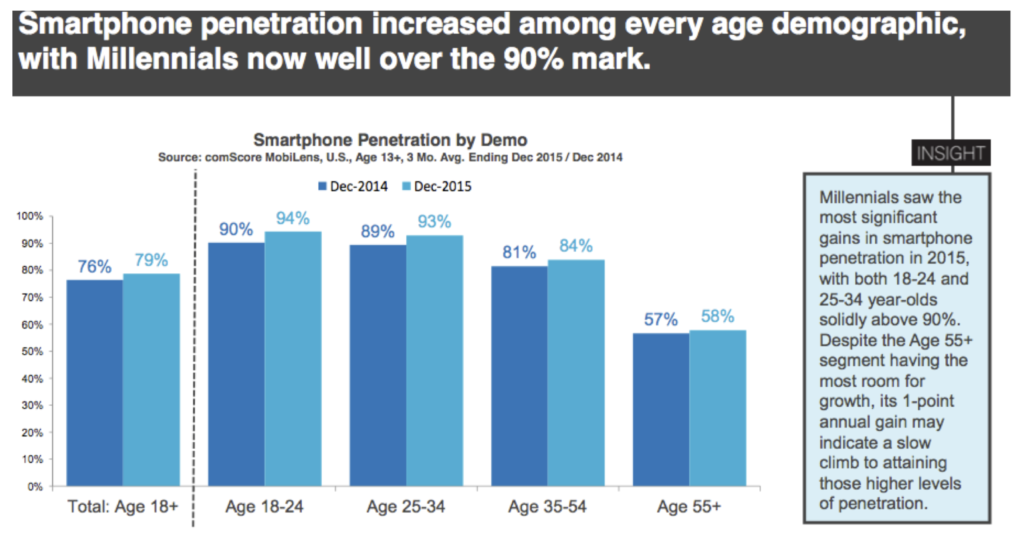
By Jonathan Millbank, eesyQ Solutions, ISN-Partners LTD – During the last twenty years, we have seen a fundamental shift from analogue to digital content and processes and a rise in the practice of outsourcing. This has allowed organizations to increase capabilities, efficiencies and turnaround times.
Research shows customer demand for information and searching in new ways has increased by over 86% highlighting the need for organizations to be able to offer information not just in multiple different formats but also across a range of channels.
However, it is not just consumers who are demanding organizational changes in order to keep up with their demands, but an organization’s own employees. With employees now requiring their own devices to be compatible with company systems, we have seen a shift away from IT dictating to employees, towards an approach where IT must “enable” and accommodate their own platform decisions.
In the USA mobile now represents almost 2 out of 3 digital media minutes, and mobile apps are approaching 60% of total digital time spent. The USA is the highest consumer of monthly data, with 4.7h / day, spending the most time of their day on the phone.
90% of time on Mobile is spent on App usage. Even using the Internet has changed, since 2013, more time a day is spent using the smartphone than using a laptop/desktop (2.8 vs 2.4hrs a day in 2015)[3] Combined with mobile web, mobile usage as a whole now accounts for 60% of time spent, while desktop-based digital media consumption makes up the remaining 40%.
Ofcom’s UK 2015 Communications Market Report, published on August 6th, finds that a third (33%) of internet users see their smartphone as the most important device for going online, compared to 30% who are still sticking with their laptop. Between 2013 & 2015, digital media usage time on smart phones has increased by 78%; while at the same time, usage time on desktops decreased by 1%.
The rise in smartphone surfing marks a clear shift since 2014, when just 22% turned to their phone first, and 40% preferred their laptop.
Smartphones have become the hub of our daily lives and are now in the pockets of two thirds (66%) of UK adults, up from 39% in 2012. The vast majority (90%) of 16-24 year old’s own one; but 55-64 year old’s are also joining the smartphone revolution, with ownership in this age group more than doubling since 2012, from 19% to 50%.
The surge is being driven by the increasing take-up of 4G mobile broadband, providing faster online access. During 2014 in the U|K, 4G subscriptions have leapt from 2.7 million to 23.6 million by the end of 20147. In the USA, this trend is much more mature with virtually all (97%)18-34-year-olds (Millennials) now mobile users, while 20% don’t use desktop at all.Since the beginning of 2016 in the USA, more than 80% of mobiles are smartphones. Within the millennial demographic (18-34years old), this proportion was 95%
Globally, mobile broadband connections are expected to increase from 55% (2016) towards 73% in 2020.
Technology however can be a hindrance too if not applied in an effective and efficient manner. For instance, as technology is relied on more and more, there has been an increase in the amount of time required to input data. For example, a recent CSO survey concluded that over 60% of the average sales person’s time was spent on activities not related to sales, but are spending a large amount of their time onSalesforce.com data input, research, account planning and so on.
This suggests a pressing need to ensure that there is collaboration across systems and no duplication of work is created.
Many organizations believe that they are already using efficient digital processes having invested in data storage and shared drives. However, a recent AIIM study found, on average employees are still spending over two hours a day simply looking for the right information.
Since 2006, “improving business processes” has been the number one business priority of CIOs surveyed by Gartner and is still one of the top ten business priorities in 2011
Click here for more information about eesyQ
When Print became commodity we moved to services. With a market full of MPS offerings, what’s next?